Slowtwitch’s Scope of Recovery
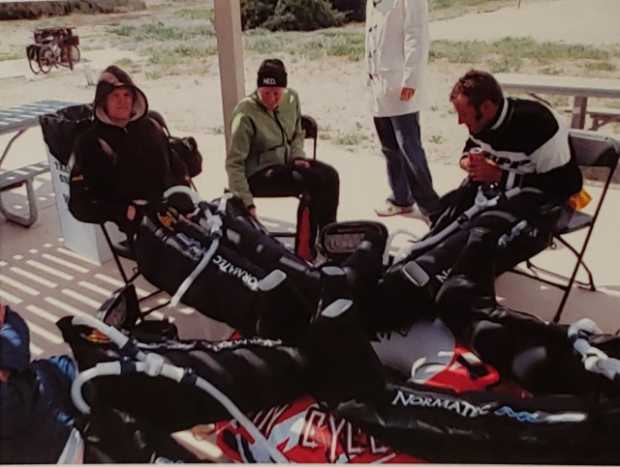
Do you remember when you started paying more attention to your recovery?
For me, it was in 2007 at the Superfrog Half pre-race expo. In the windswept parking lot of Silver Strand State Park in Coronado, California sharing a perimeter with the Naval Amphibious base, home of the SEALs, I met physician and bioengineer, Dr. Laura Jacobs, founder of NormaTec. This pint-sized lady was a hurricane of energy yet she had no trouble matching the intensity of the small group of SEALs she was working with, helping to rehab injuries they had suffered during their intense training evolutions (or maybe perhaps from their pursuit of bad guys). Needless to say, they needed to heal up quickly and NormaTec was one of their go-to methods.
There too was Dr. Jacobs’ son, Gilad, who had recently graduated from Pitt and had convinced his mom (he affectionately referred to her as “Dr. J”) that the technology she was using in her medical practice to help reduce swelling in patients suffering from lymphedema could be adapted to help athletes in their recovery. Gilad was opposite his mom in stature but every bit as charismatic and connected with people easily.
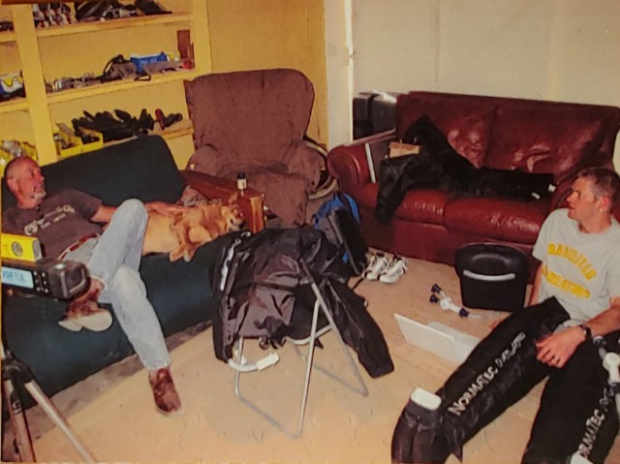
The next day, upon crossing the Superfrog finish line, a notoriously tough course with quadbusting sand runs (did you expect anything less on course designed by SEALs), my wife and I plopped our tattered bodies down on folding chairs next to Chris McDonald, Jordan Rapp and Bjorn Andersson. We pulled on NormaTec’s leg compression sleeves – which would quickly earn adulatory nicknames like Puffy Pants and Space Legs – raised and rested our legs on top of an inflatable tow tube likely picked up earlier that weekend at the local Big5 sports store and got the blood flow moving while rehashing the race.
That was the first of many hundreds, if not thousands, of endurance events the Boston-based company, which was recently acquired by Hyperice, has attended demoing units aiding athletes in both their pre-race warm up and post-race recovery. Off the heels of that Superfrog weekend, Jacobs ventured two hours north of San Diego to Xantusia to demo the recovery device for Slowman. That weekend nearly 13 years ago was the first time I ever considered recovery could be facilitated with a device, something outside of a visit to a massage therapist for a human’s touch and above and beyond the scope of eating, drinking and sleeping properly.
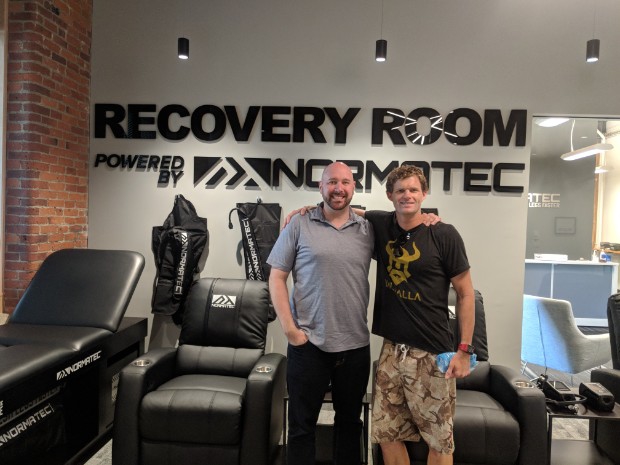
I turned forty a few months ago and while my competitive nature still has me trying to push the envelope, my body doesn’t always feel like tagging along. Admittedly, I’m not as resilient as I once was. I always feel sore and tight, I’m more susceptible to injuries, need more time to warm up and more recovery time between and after workouts than the twenty and thirty year old versions of myself.
Does this sound like you?
Thankfully there is a whole industry out there aimed to help us reduce our likelihood of injuries and recover faster so we don’t have to wave the white flag to the aging process and can tackle our next workout with vigor.
Over the next few weeks we’re going to explore triathlon’s fourth discipline, the one aside from swim, bike and run. Recovery is a wide-ranging category and we’ll curate a dedicated thread on the Reader Forum with an ongoing discussion on the topic. We’ll invite brand managers from various recovery-focused companies, health care experts, and pro athletes to weigh in on the conversation too. We can discuss there what we won’t be including in our reviews: the importance of properly hydrating, eating well and getting enough sleep.
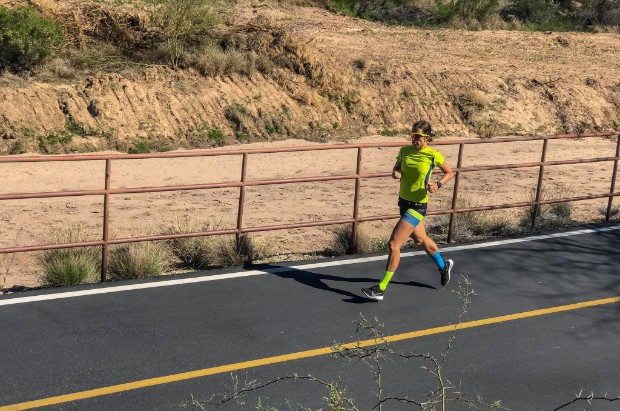
Above and beyond those three basics, we’ve sniffed out devices and products from companies laser focused on aiding athletes in their recovery and we tapped three testers who have put these products to use in their training.
From compression boots and percussive guns to e-stim and even ingestibles and lotions, each product on our list has been vetted by our team of testers. We researched the market, spoke to other athletes like you, consulted with product managers, and fully integrated them into our daily training. After our testing we graded them on performance, comfort, portability, value and how beneficial they were to use.
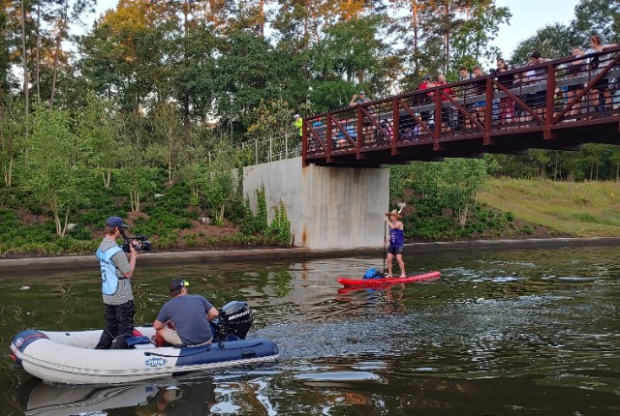
Here’s a glance at our testers
Name: Steve H
Year of First Triathlon: 2008
Training Hours Per Week: 10+. Added strength training, rowing and tethered swimming. Maintained Cycle and Run volume.
Most Satisfying Race Result: 2018 70.3 Florida
Pre-virus Racing Schedule for 2020: River Cities Sprint, Oilman Half
How Important is Recovery to you: At 54, it is something I take very seriously.
Also Noteworthy: Serve as lead SUP escort for pros at IM Texas
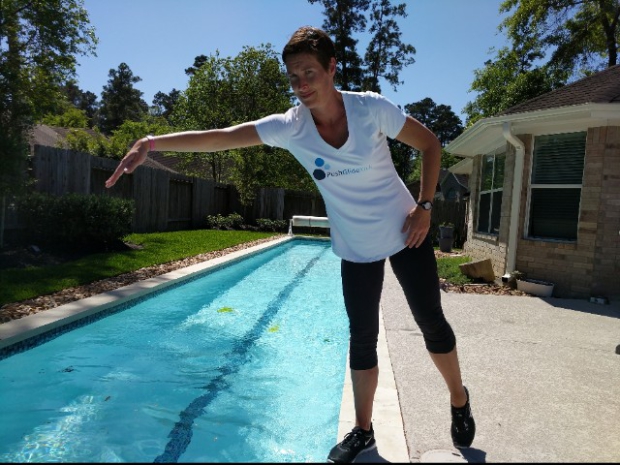
Name: Gemma H
Year of First Triathlon: 2009
Training Hours Per Week: 12-14 including strength and recovery sessions.
Most Satisfying Race Result: 2019 IM Cozumel which was such a challenging race mentally.
Pre-virus Race Schedule for 2020: 70.3 Texas, 70.3 Hawaii
Racing Focus for 2020: Develop more strength for Ironman bike leg.
How Important is Recovery to you: Very. I’m not getting any younger so this is important.
Also Noteworthy: My swimming pool is more well known in tri cycles than me
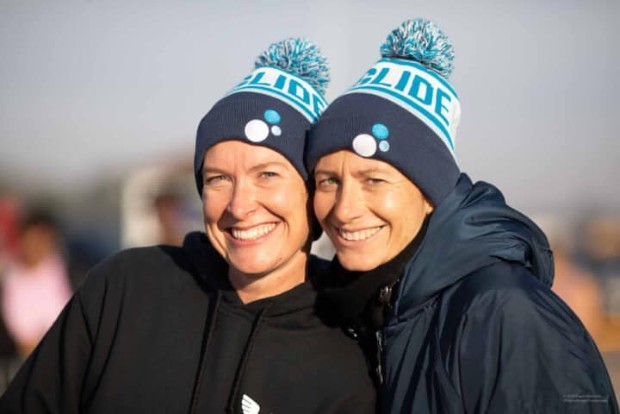
Name: Jana R
Year of First Triathon: 2009
Training Hours Per Week: 15+
Most Satisfying Race Result: 2019 Ironman World Champion W 35-39
Pre-virus Race Schedule for 2020: IM Texas, Challenge Roth, IM World Champs
How Important is Recovery to you: If I have learned anything in the 11 years of being a triathlete, it’s that “all green” boxes in Training Peaks doesn’t always mean success. Listening to your body is key to consistent high-level performance whether it’s as simple as getting enough sleep, proper pre, during, post workout nutrition or incorporating a variety of recovery tools on the market today into the daily recovery routine.
Also Noteworthy: I came to the US as an 18 year old on a basketball scholarship and to learn English. I have now lived in the US for more than half of my life and apparently have an American accent when I speak Czech.
Join us in the Reader Forum for our conversation on All Things Recovery.



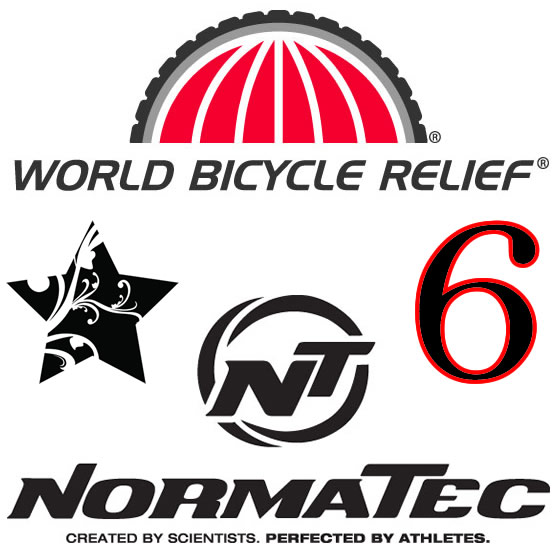
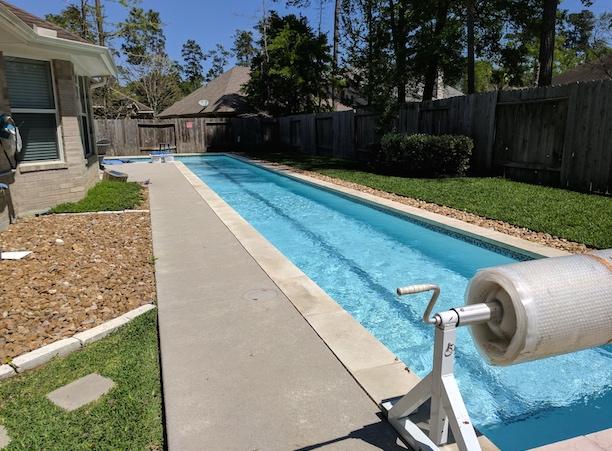
Start the discussion at slowtwitch.northend.network